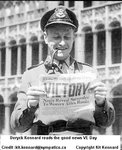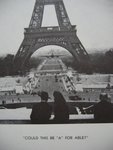- Thread starter
- #21
Erich
the old Sage
I can be patient...........now to find the combat report(s) of the above RCAF crew that I first mentioned ......
417nfs crew shot down the Ju 290 mentioned on the December 44 date, but brick you probably have this info. Most likely the Ju 290A was on agent dropping mission(s)
417nfs crew shot down the Ju 290 mentioned on the December 44 date, but brick you probably have this info. Most likely the Ju 290A was on agent dropping mission(s)



